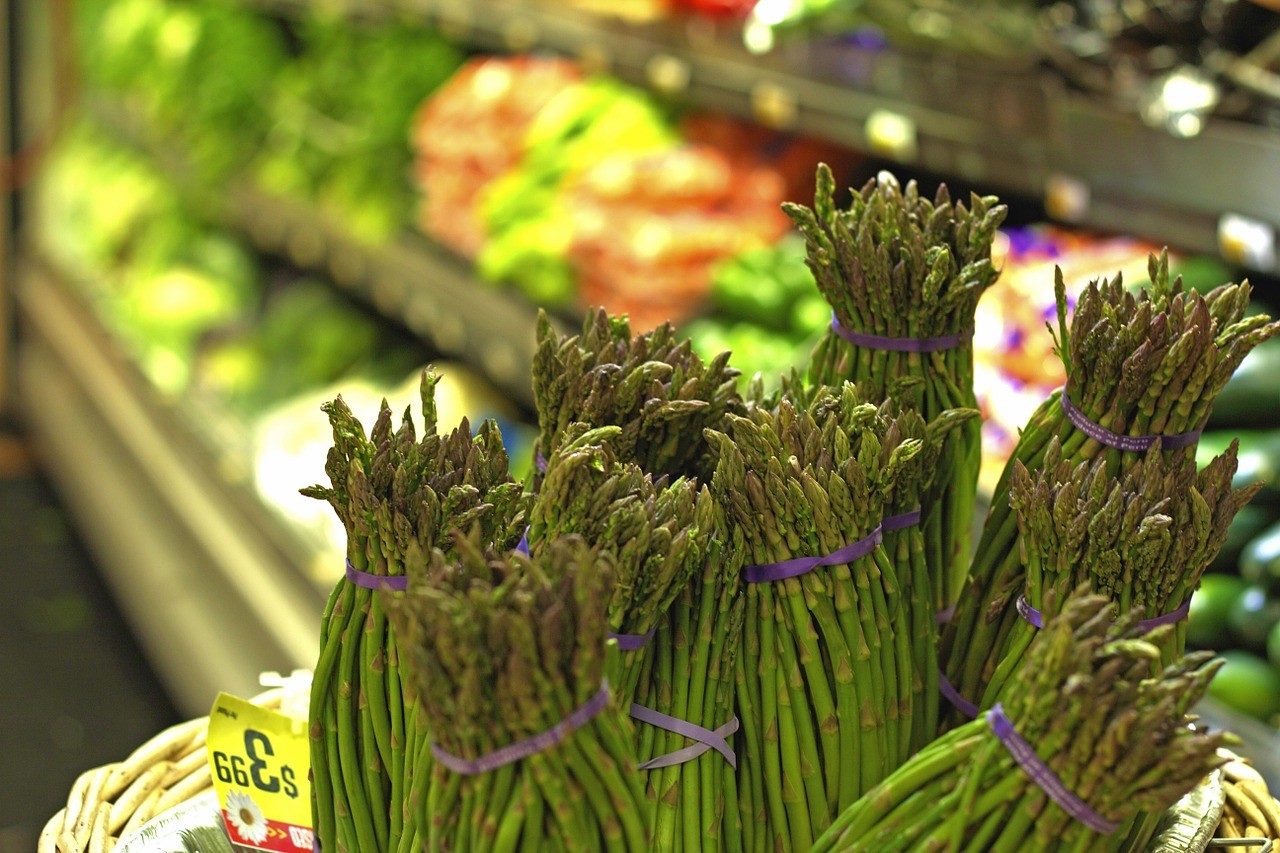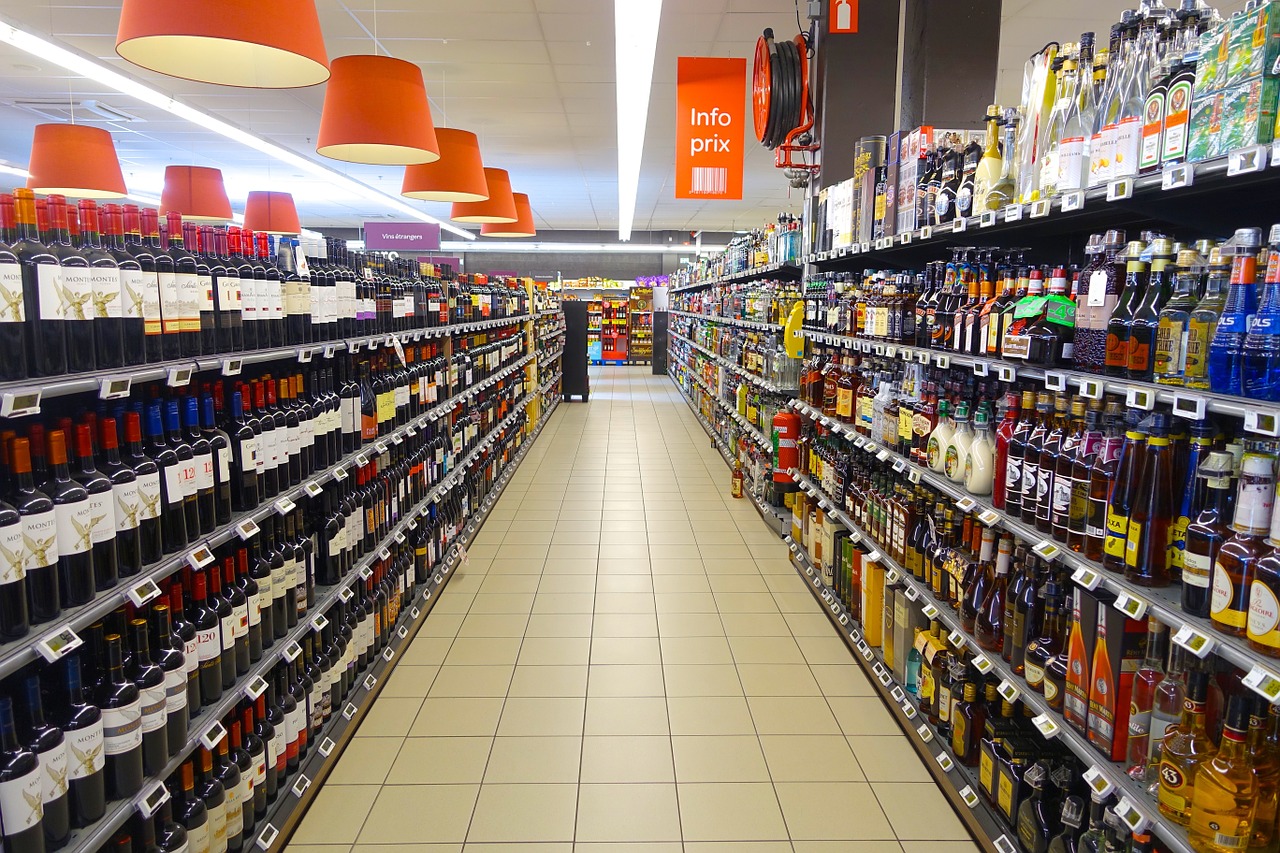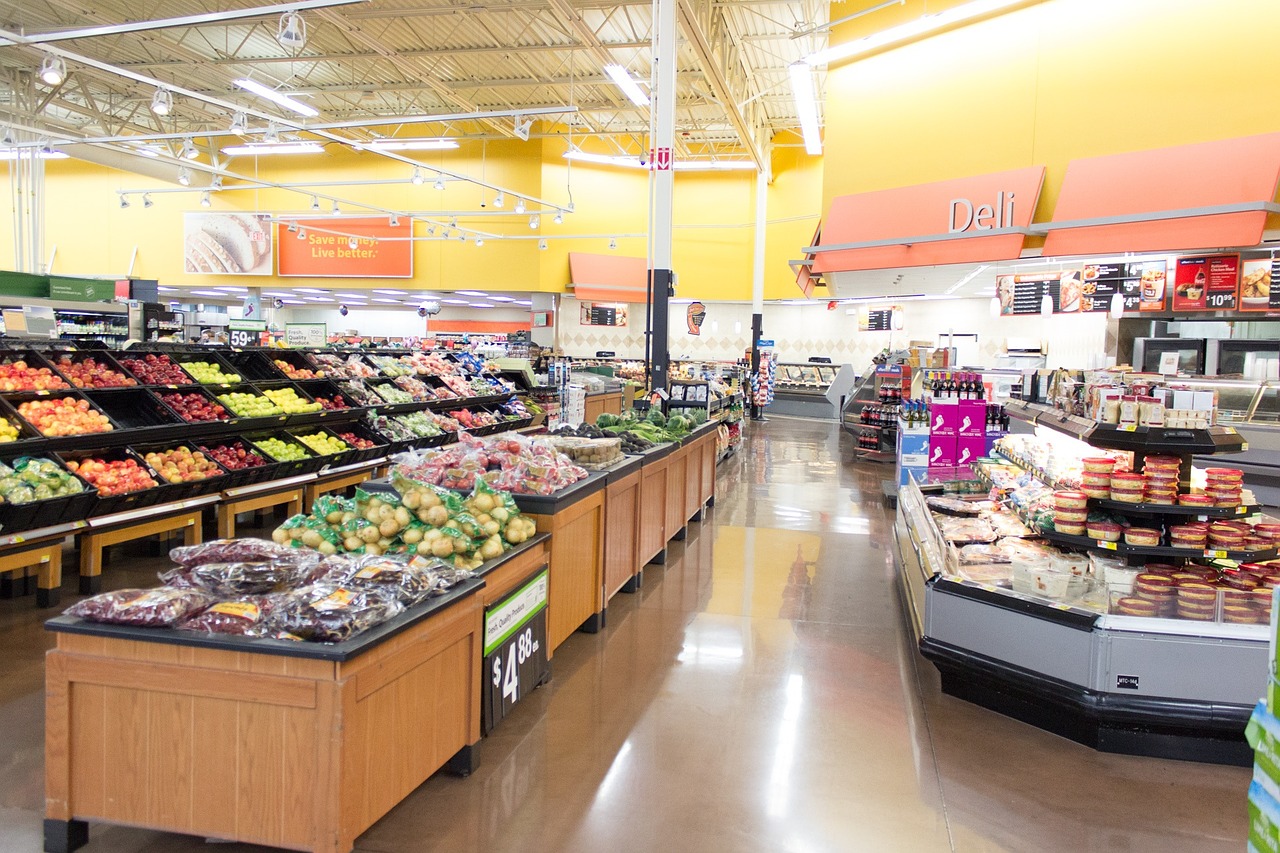
 It’s a craze that hits communities of shoppers all across the world: a new supermarket. When rumor that the latest shopping experience is hitting your area, it is within your natural human instinct to become curious. This new entity will affect the economy, the view on your drive to work and every other justification you will make for your sudden interest in the new establishment.
It’s a craze that hits communities of shoppers all across the world: a new supermarket. When rumor that the latest shopping experience is hitting your area, it is within your natural human instinct to become curious. This new entity will affect the economy, the view on your drive to work and every other justification you will make for your sudden interest in the new establishment.
This curiosity is eventually followed by advertisements, coupons and offers, luring you to follow the corporation’s progress until it’s “grand opening.” Then on opening day, you gather your discounts and head for the store, only to discover the sad truth: it is the same supermarket that you have visited your entire life. Yes, there may be some minor differences such as the sheer size of the building or the color of your shopping cart, but the majority of your excitement has faded as soon as you step into the store.
Why may this be so? Why has no supermarket dared to place the tomatoes next to the cereal or the toothpaste by the hair dye? Why is your experience at every grocery store essentially the same? The answer is simple, they know more about you than you even know about yourself.
Confused? So were we.
Question: What is the first thing that you see when walking into any supermarket? Fresh Fruit? Vegetables? A bakery or Deli?
The first encounter when walking into a grocery store sets up the entire experience for the consumer. And no, you do not see the fresh baked goods, fruits and vegetables in similar layouts to ensure navigation, but it is a strategic tactic essentially used to trick your mind. This is an entire segment of the marketing world that most consumers never become aware of, simply because they are completely immersed in it.
The Psychology
Design Influences Purchase As a consumer, you could head down the street to your nearest corner store to purchase your milk, eggs and other simple grocery items that you need. But what is going to influence you to make the 20 minute drive out of town to purchase these goods? The answer is sensory experience.
As a consumer, you could head down the street to your nearest corner store to purchase your milk, eggs and other simple grocery items that you need. But what is going to influence you to make the 20 minute drive out of town to purchase these goods? The answer is sensory experience.
Sensory experience is an encounter using sensation. A sensory experience combines perceptions of sight, touch, sound and even taste to influence. This concept, often seen in early childhood education, trains the brain with every experience had. Once you bite into an apple, your brain records the crunch, juicy taste and fresh smell, and from there on out, unless it is interrupted by another experience, the same sensory experience is what is expected each and every time you bite into an apple.
This approach is similar for the supermarket experience. Marketers fully understand the minds of consumers when planning the layout of any store, especially in the case of your local supermarket.
Now, let’s break this down. Some of the first areas you observe when walking into any grocery store are crucial to your sensory experience:
- Bakery: The wafting smell of freshly baked breads, cakes and cookies causes a psychological reaction that makes shoppers hungry, which often causes them to buy more.
- Flowers: The floral department is nearly always located by the entryway. The bright colors and wonderful smells boosts the store’s image in the shopper’s mind.
- Produce: The bright colors of produce excite the eye and grab the shopper’s attention. They feel the freshness, as if they grew the produce in their own backyard.
Having these essential items consistently stocked at the front of the store creates a perception that the rest of the store is stocked with equally fresh and bright items, giving the consumer thoughts of all the amazing homemade goods that they would find on their own table in their home.
Sensory Experience Influences the ConsumerBy understanding simple sensory experiences, even your seemingly harmless local grocer has control over your purchasing power.
With this distinct physical and emotional experience that each grocery store brings, no matter how big or small, any change to it could be dangerous.
So you read this and think, “Well, I am just going to go the other way around next time.” Good luck, because you are stuck in this trap and when it is altered, it will affect your experience significantly. For example, visiting the store and traveling counterclockwise can cause severe cognitive dissonance for the consumer, and in result, you will spend anywhere from $2-$5 more in your shopping trip.
There are many ways to alter the experience that your brain has permanently archived, traveling counterclockwise, shopping while hungry or visiting a new market, just to name a few. These alterations set consumers up to make emotion-driven purchases. Sale? Limited-time offer? Special? Oh, I’ll take three.
Not only can a simple adjustment cause the consumer to spend more, but it can also cause for a sudden and acute emotional or even psychological breakdown. This occurrence, better known as an emotional collapse, is all too common for shoppers in new and unfamiliar stores. The shopper essentially becomes overwhelmed with labels, signs and crowds and instead of following their familiar experience, they suffer a breakdown and commonly leave the store, leaving the items they needed on the shelves.
The Solution
Rather than continue to overwhelm oneself, there are a few rules to follow before, during and after your shopping trip:
- Create a list: The best pre-shopping planning that any consumer can do is write a detailed list. List items you need, their brands and even the stores that you need to visit.
- Choose your shopping partner wisely: Do not shop with people that stress you out. You will either forget essential items that you need or purchase more than you anticipated.
- Stick to the outside: Travel outside of each aisle, paying clear attention to the items that you are in search of. Only venture down the aisles that include objects from your list.
- Follow your list: Strictly follow your list, crossing off items as you pick them off the shelves. Want that box of cookies? ..is it on the list? No. Then No.
Understanding consumer psychology can help any consumer create a better experience when visiting the supermarket. Now it’s your turn. On your next bold adventure to the store, observe the set-up, follow our tips or even be brave and travel counterclockwise. The result? Only your mind can tell. Visit the MMG blog Wednesday for more reading about the science of consumer behavior.
-Rachel Tripp, MMG Account Management Intern

Recent Comments